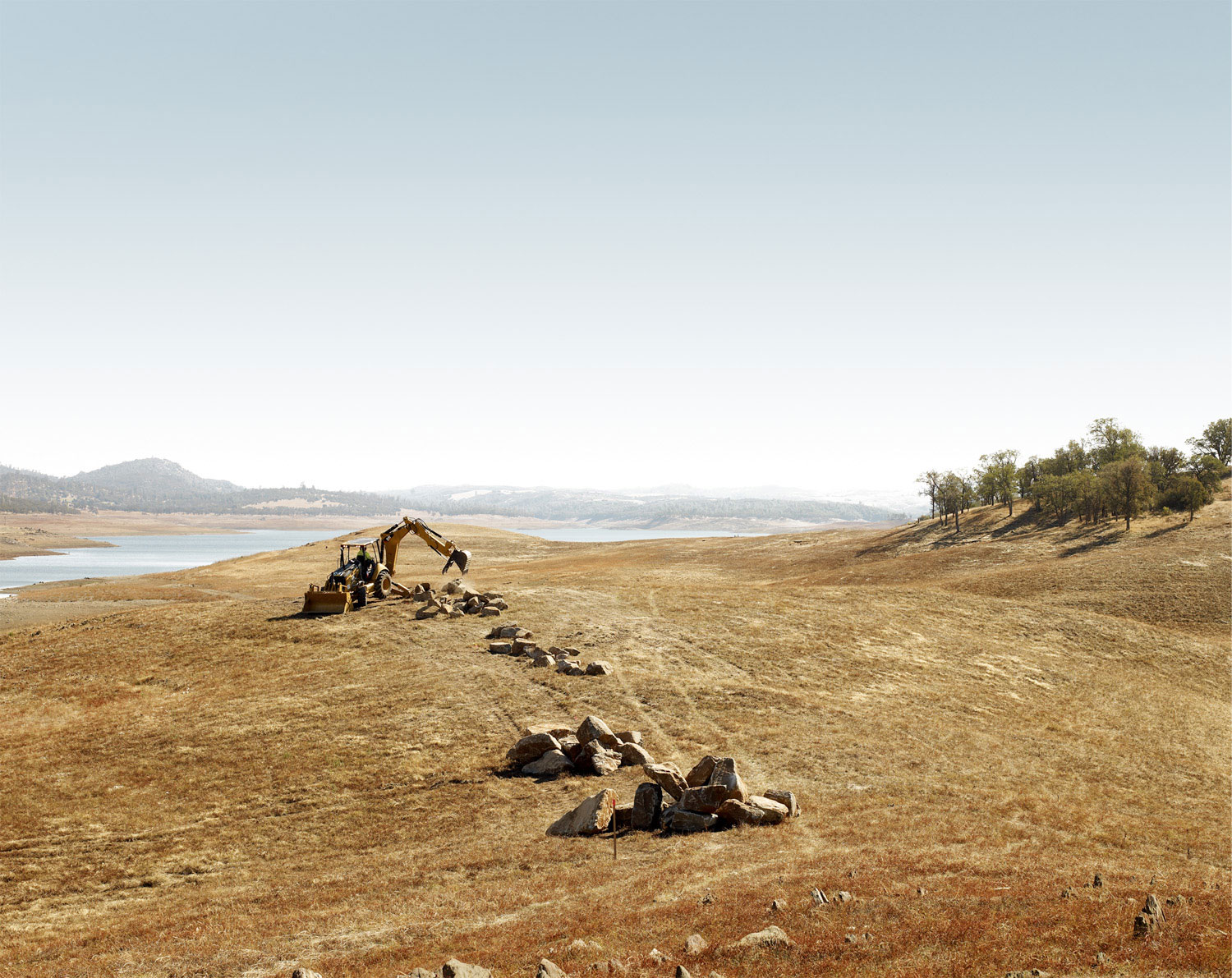
Los Angeles-based photographer Chad Ress’s landscape series America Recovered re-examines the legacy of the FSA within the context of the recent economic recession. By pairing photos of areas slated to receive stimulus money with text explaining the purpose of the grant, Ress’s project offers a unique look at the contemporary American landscape. Chad writes for LightBox about his process and goals.
“In late 2008 the American Recovery and Reinvestment Act of 2009 injected $790 billion dollars into the collapsed economy. The Obama administration advocated for unprecedented levels of transparency in the disbursement of these funds and websites at all levels of government were created to achieve this end.
I used the information from these websites as a guide for making the photographs. The catalyst was the language provided by the grant recipients to help explain the need and/or use of funds. I was propelled by the idea of what America might look like if this language could be visualized and made tangible through photography.
I’m interested in the disconnects—between text and image—between paying your taxes and how those funds are spent. I’m also interested in what Suzanne Mettler calls “the submerged state”- an amalgamation of tax incentives and subsidies that help constitute our social fabric. This project was in part about trying to manifest these very abstract processes on a scale more relatable to the individual.
The aspect of the FSA that most interests me is the idea of “descriptive economics” as conceived by Rexford Tugwell, a Columbia economics professor who later headed the FSA, and Roy Stryker, his student and later colleague at the FSA. They were both thinking about how the camera could be used to help make economic policy accessible.
I very much admire iconic photographers such as Dorthea Lange and Walker Evans and their FSA work was partly responsible for my start in photography. I don’t want to draw conclusions here but I hope this project can open up a discussion about how our relationship to photography and our vision of the nation has since changed.
That said, I can offer a few thoughts:
It is interesting to compare the Fed’s website recovery.gov with Roy Stryker’s efforts. Recovery.gov initially launched with no photography or video content and instead opted for data visualization technologies such as interactive and searchable data banks. This has since changed. The site now runs stories with photographs. The photography is crowd sourced meaning anyone with images of Recovery funded projects can submit images for consideration. In some cases the photography appears to be stock imagery. Will this ultimately result in a more accurate, transparent, or historical document? Will it create a visual document up to the task of remembering this very important policy? The American public owns the archive of images created by Lange and Evans and anyone can purchase a print for minimal cost- who owns the information on recovery.gov and what is its value?
The New Deal was based on a very ambitious vision of moving America forward. It created large scale public infrastructure and the social contract as we know it. The FSA photographers were able to capture this scale, decisiveness and sense of possibility. The Recovery Act favored what were called shovel ready projects- tasks already in the pipeline to be funded- ie there was no new vision. Ironically, some stimulus funds were spent on long deferred maintenance of structures originally built during the New Deal. I think you can see this in the project- a sense of survival not heroics; a lack of common purpose; an ambiguity and sadness.
I’m still considering how to finish the project. I’m interested in a representative not exhaustive archive. There are certain aspects of the stimulus bill that seem impossibly opaque to me. I’ve been limited in the sites I’m allowed to visit and these limitations have become very important. So what you’re not seeing here is perhaps as interesting as what you are seeing. I’m currently considering ways to address this negative space.”
To see more of Ress’ work, visit his website.
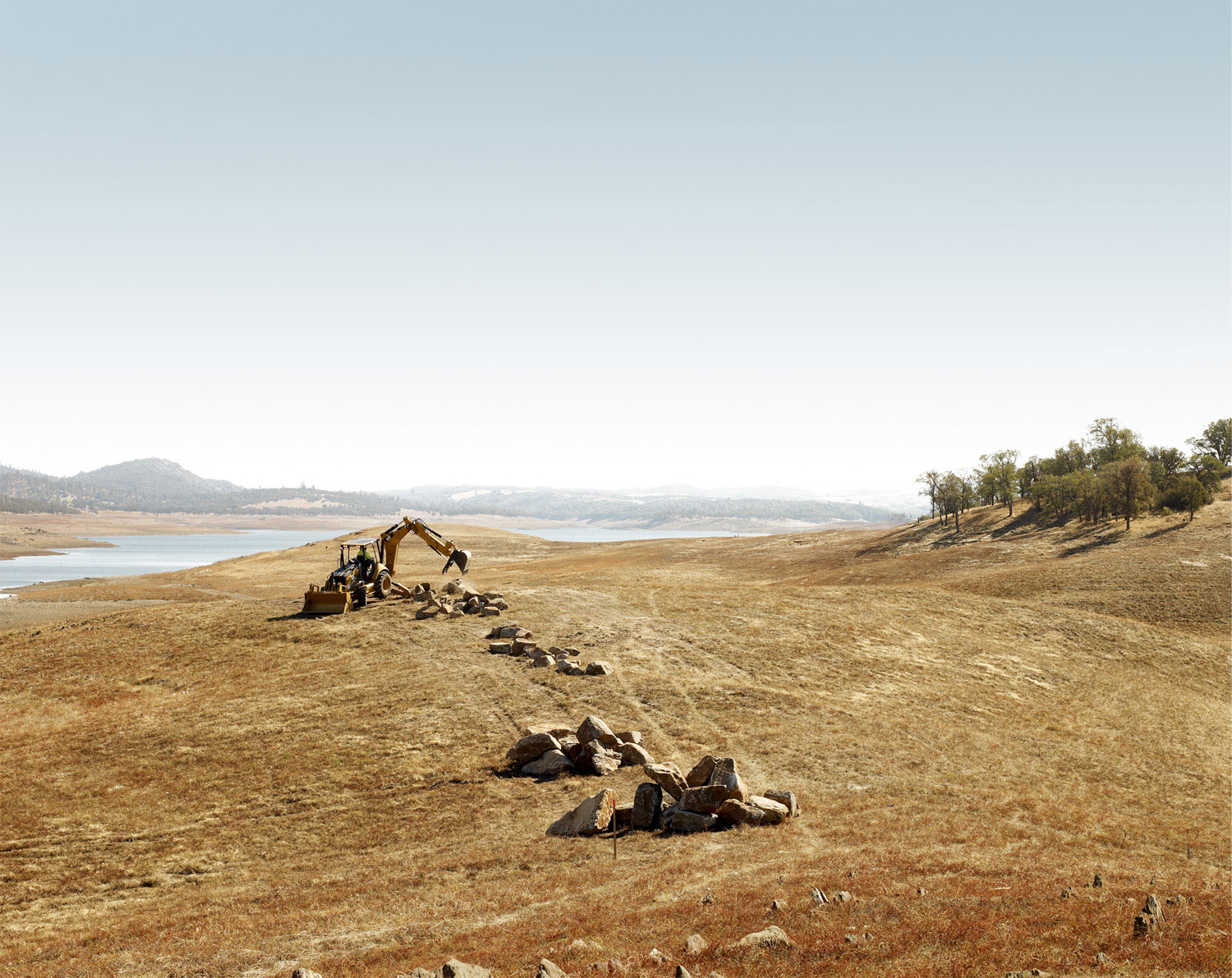

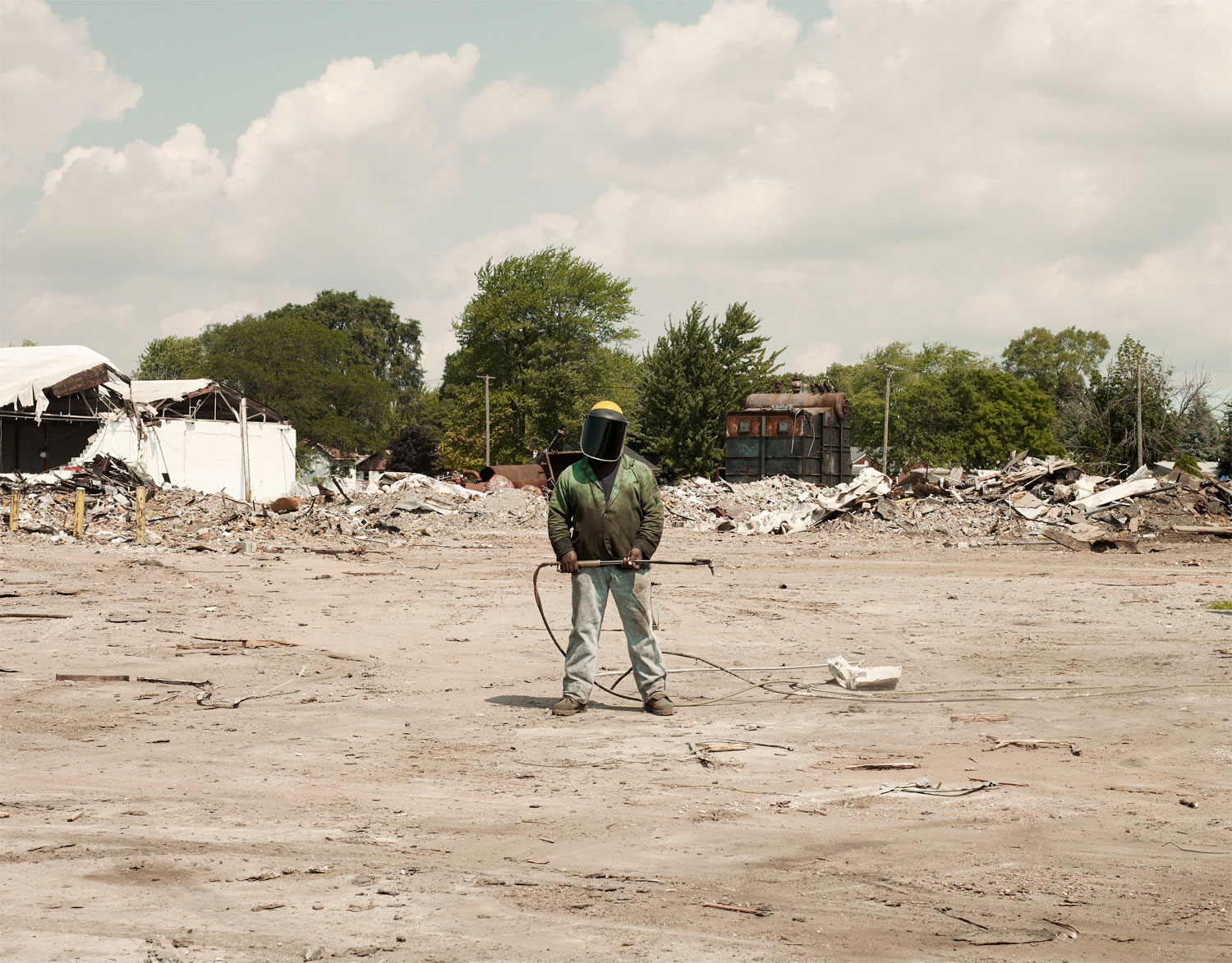

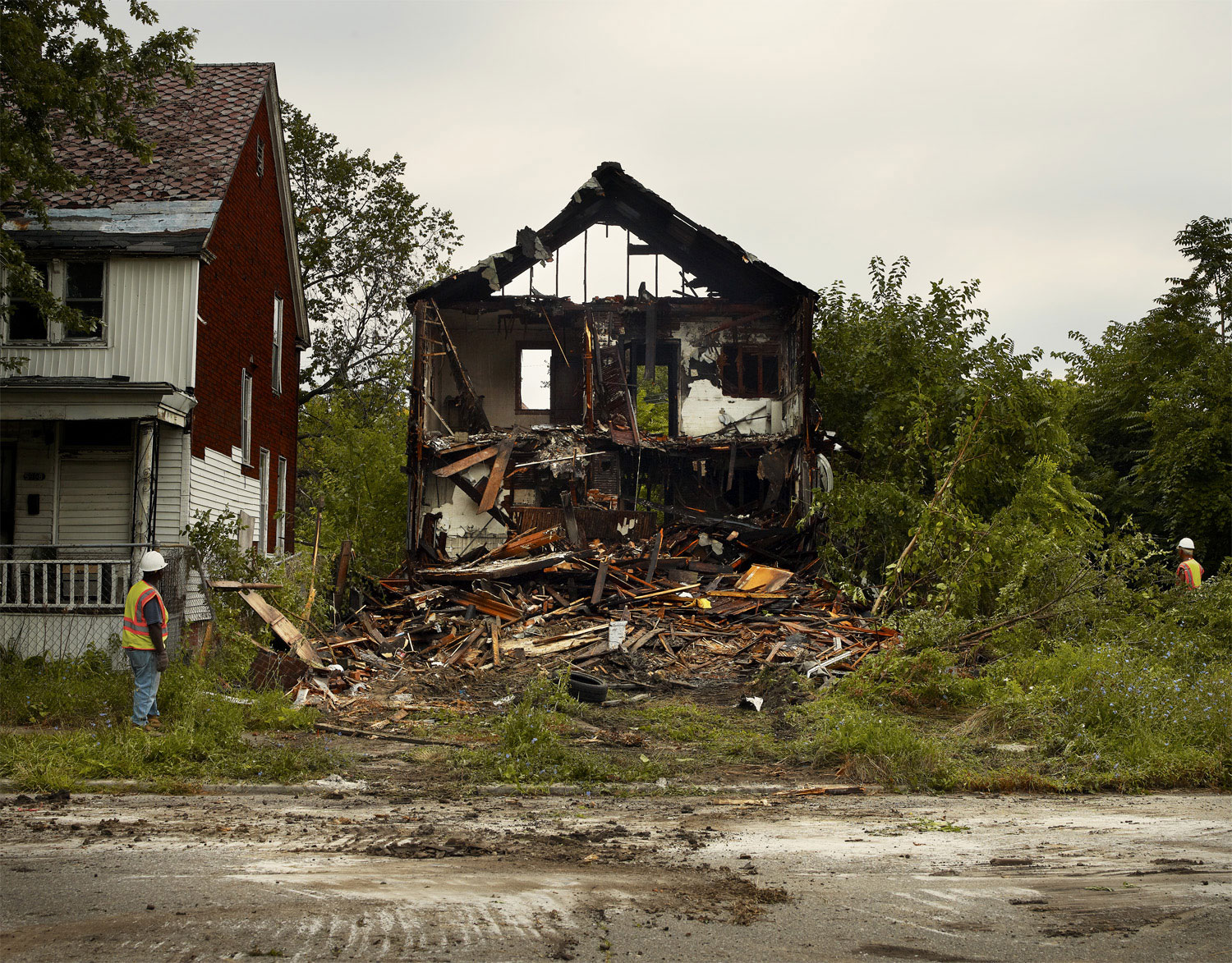
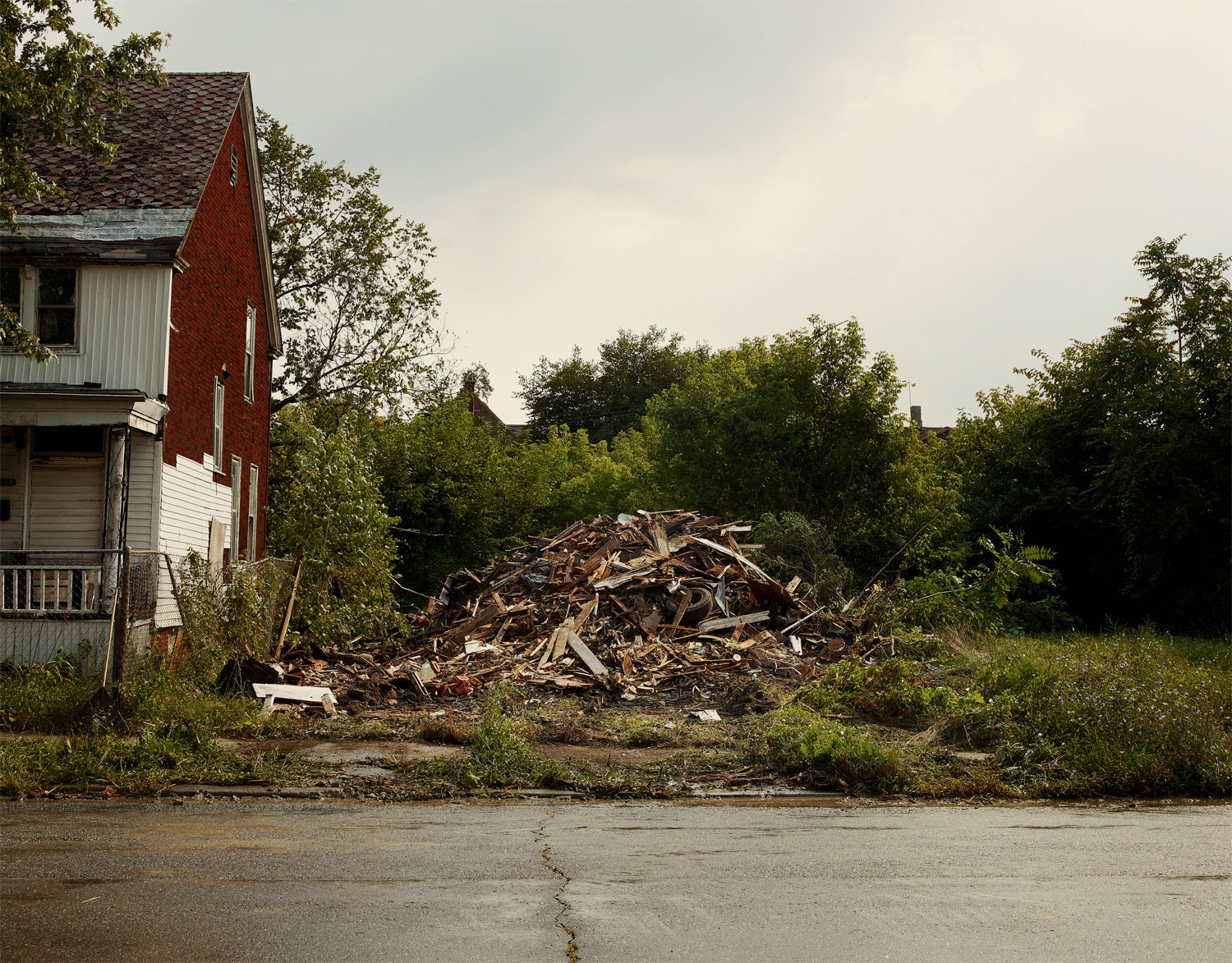
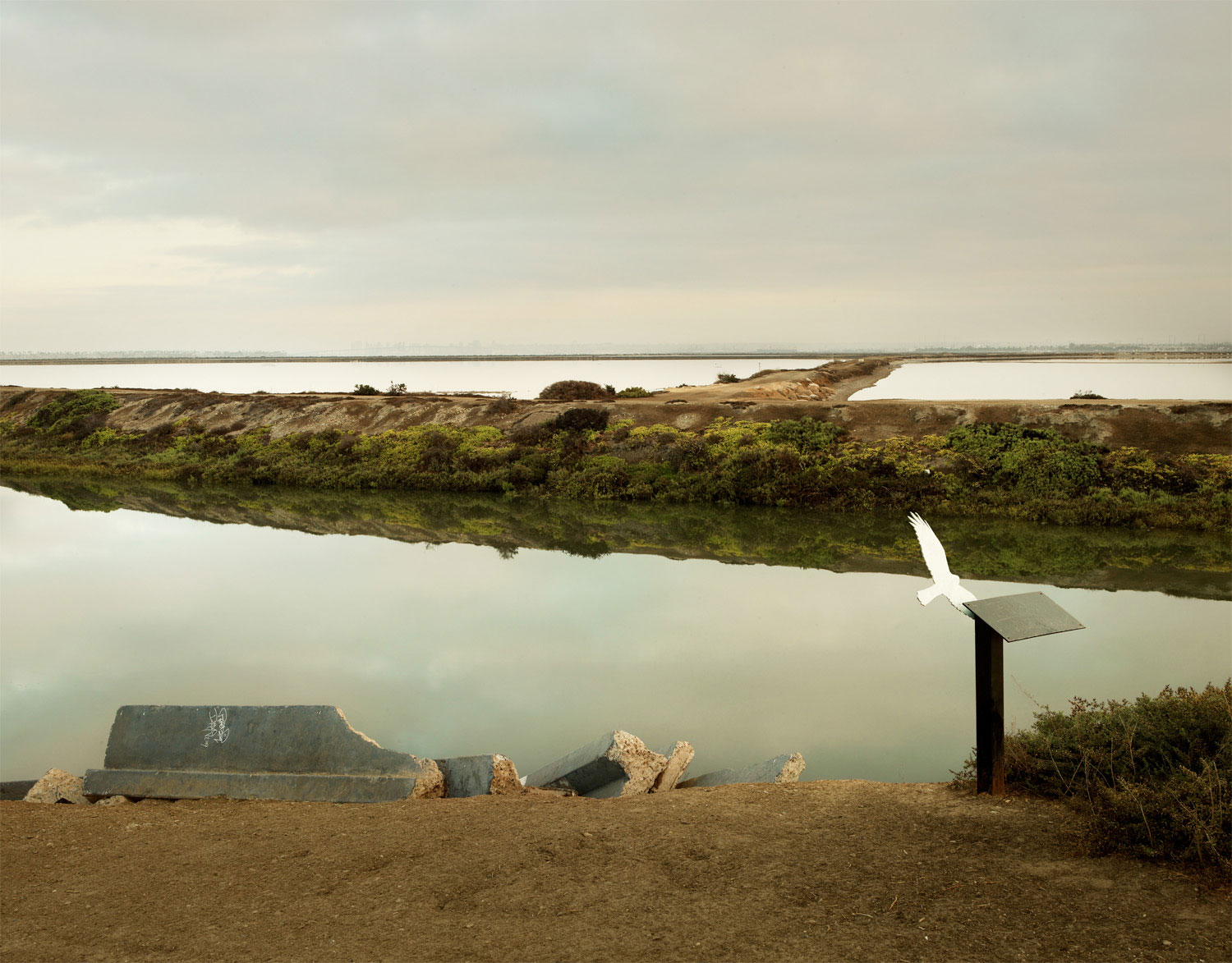
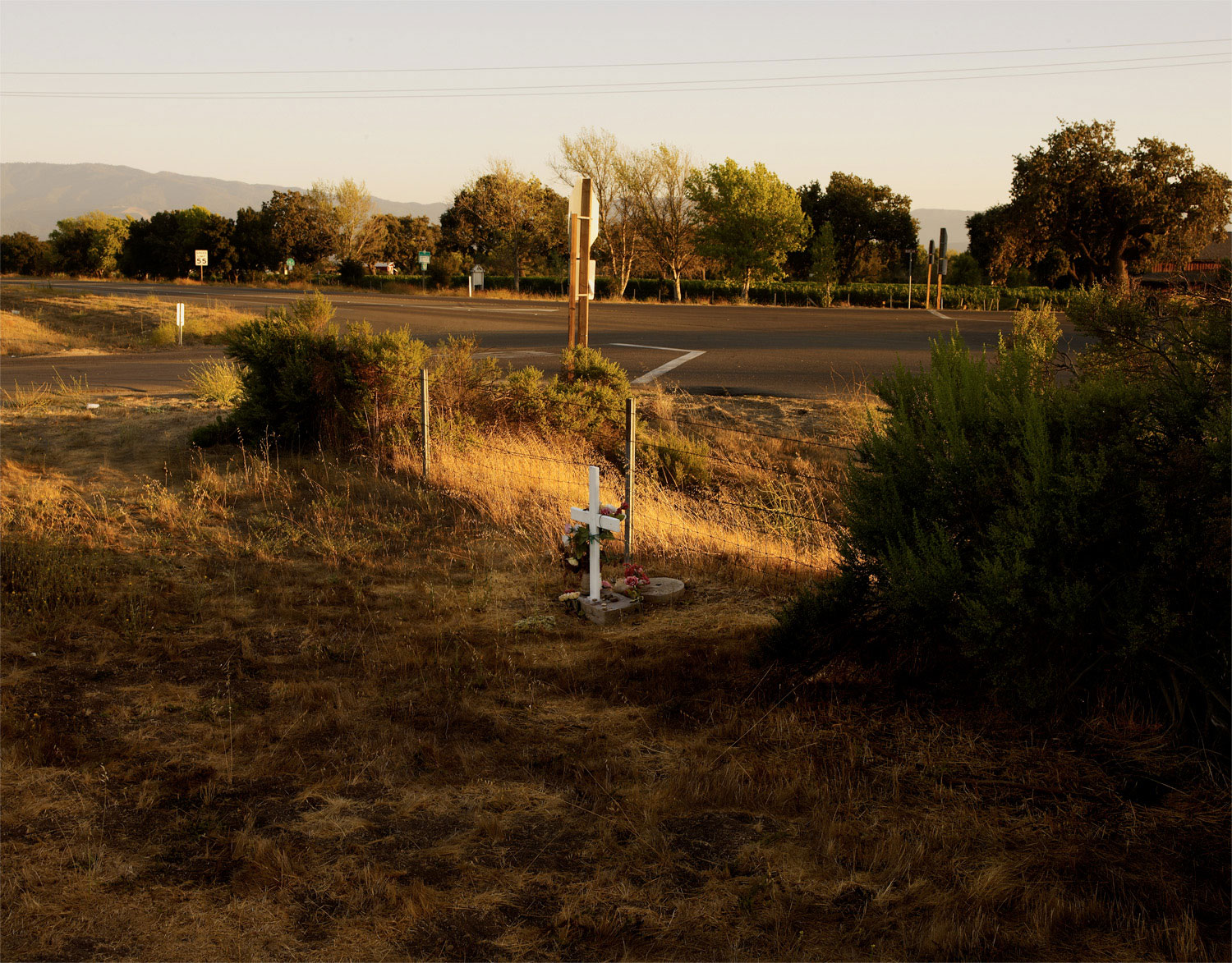
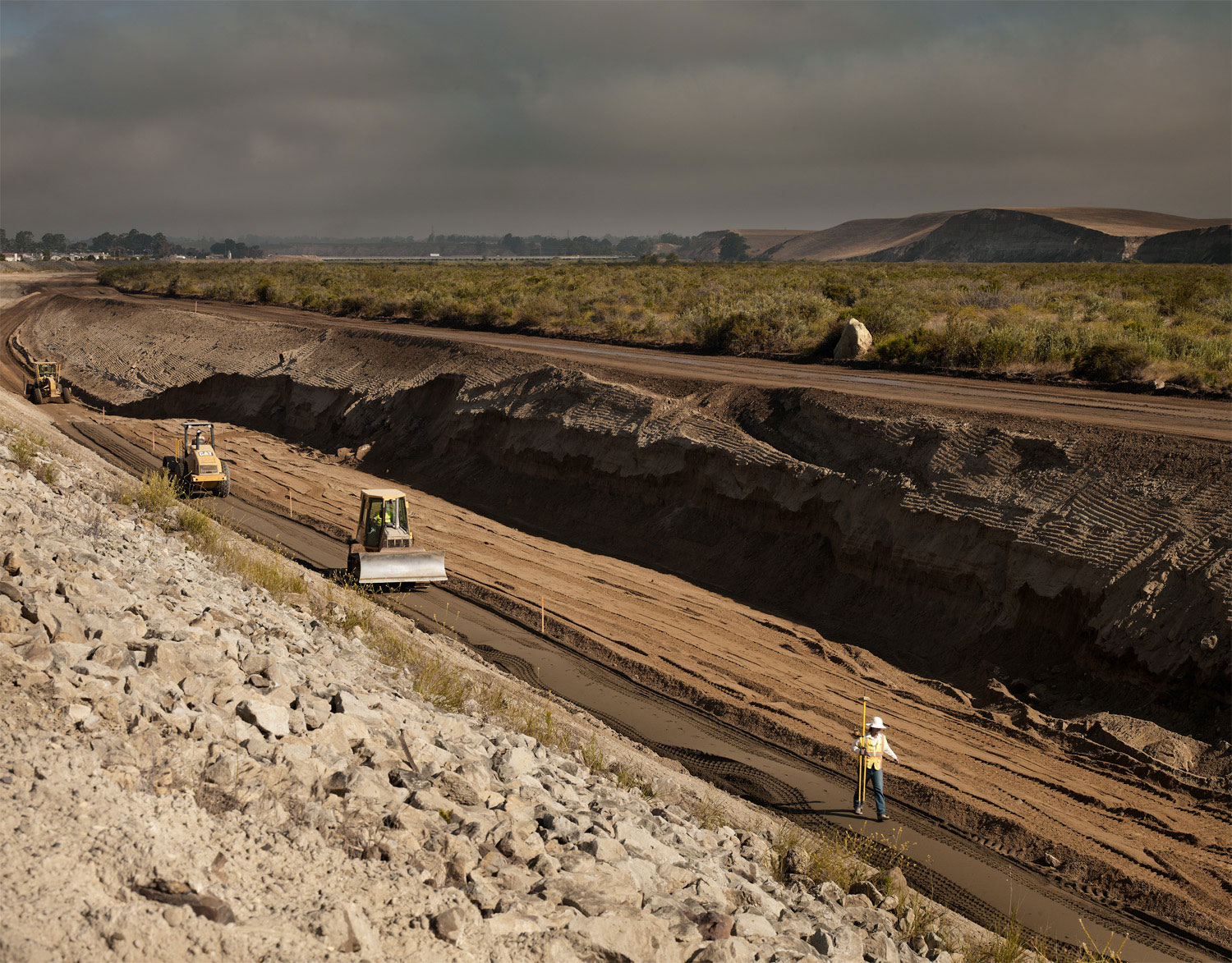
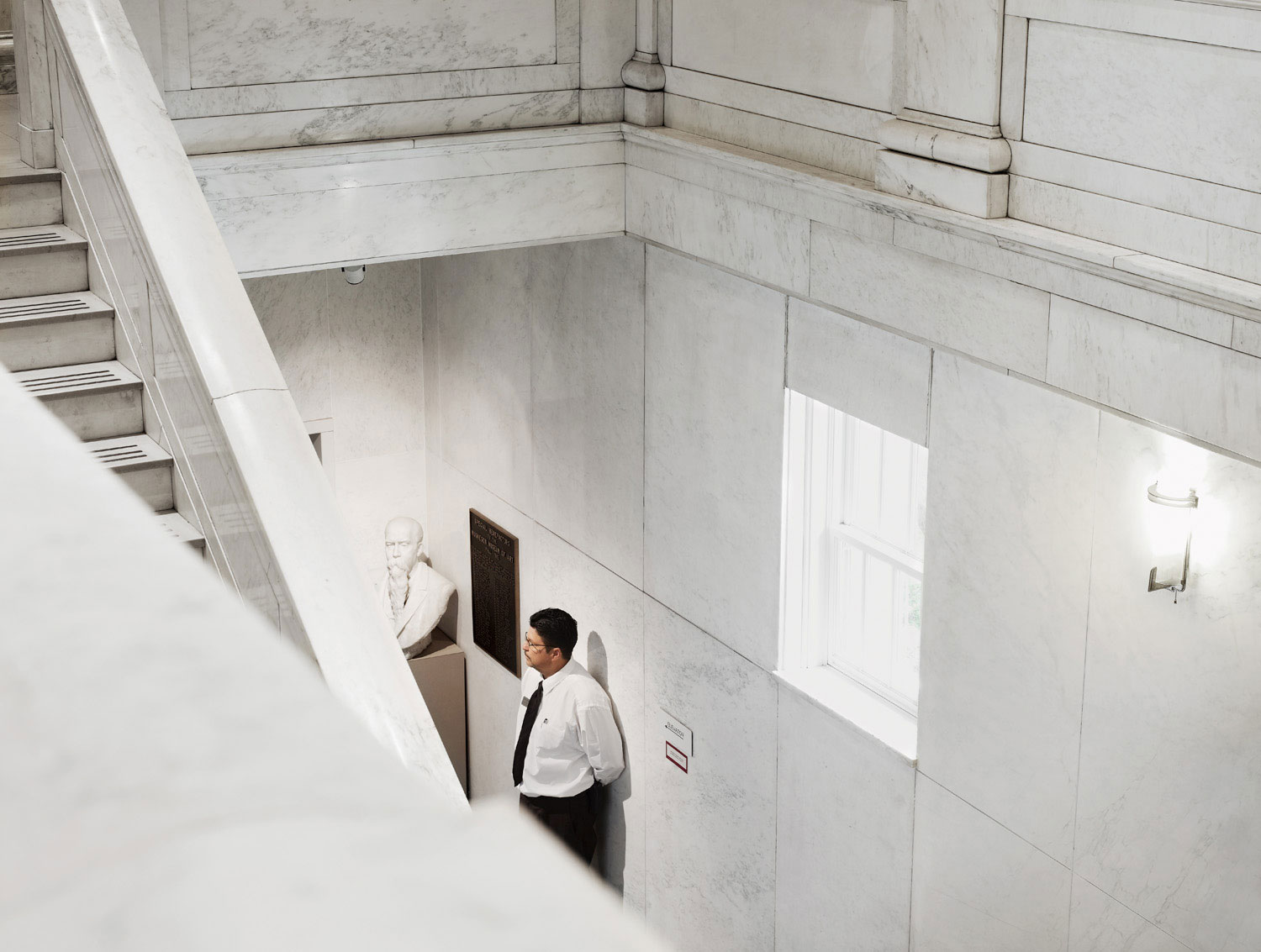
More Must-Reads from TIME
- Donald Trump Is TIME's 2024 Person of the Year
- TIME’s Top 10 Photos of 2024
- Why Gen Z Is Drinking Less
- The Best Movies About Cooking
- Why Is Anxiety Worse at Night?
- A Head-to-Toe Guide to Treating Dry Skin
- Why Street Cats Are Taking Over Urban Neighborhoods
- Column: Jimmy Carter’s Global Legacy Was Moral Clarity
Contact us at letters@time.com